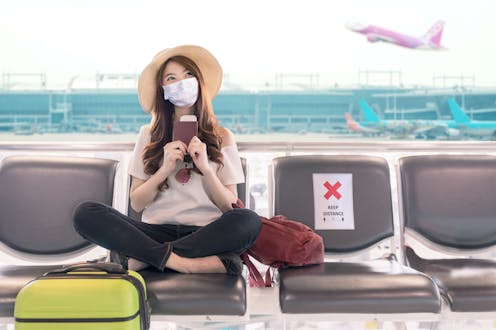As international students start trickling back, the new year will be crunch time
- Written by Christopher Ziguras, Professor of Global Studies, RMIT University

It’s looking much more likely that international students will be able to return for the first semester next year, with international travel for Australians opening up from November 1.
From that date, there will be no cap on the number of fully vaccinated citizens and permanent residents able to fly into New South Wales. In response to NSW Premier Dominic Perrottet’s announcement last Friday, Prime Minister Scott Morrison also confirmed fully vaccinated travellers won’t have to go into quarantine in NSW.
This is an important moment in the transition to COVID-normal. One by one other states will follow NSW’s lead. Victoria is likely to be the next cab off the rank.
NSW is keen for inbound travel to resume also for international students and tourists. However, the Commonwealth has adopted a staged approach. As Morrison explained on Friday:
“In the first instance, it will be for Australians, Australian residents and their families. We’ll see how that goes and then we’ll move to the other priorities, which I’ve already set out as being skilled migration, as well as students to Australia.”
To date, only small numbers of students have been able to apply for a travel exemption to enter the country. They include research students with Australian government funding and medical, dental, nursing or allied health students who will undertake work placements, and secondary school students in years 11 and 12.





